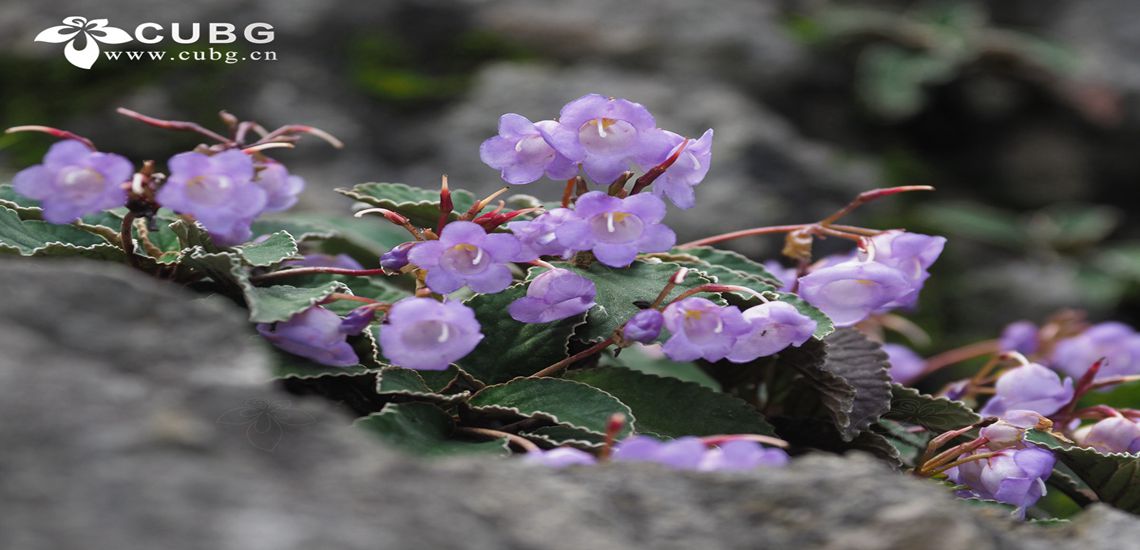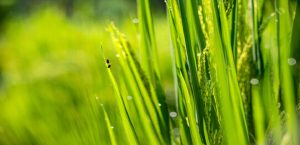Abstract:
Resurrection plants can survive in extremely dry environments and withstand dehydration to less than 0.1 g H2O g-1 dry weight. Such plants regain normal function after rehydration. Desiccation tolerance is a common phenomenon in lichens, mosses, and ferns. However, it is rare in the vegetative tissues of angiosperm species. Paraboea rufescens (Gesneriaceae) is widely distributed in the karst habitats of southwest China. In the dry season, leaves of P. rufescens curl severely and turn their abaxial side outward; however, they unfold and recover completely in the rainy season or after a rain in the dry season. The mechanism for whole plant recovery from severe dehydration is still not clear, especially for woody resurrection plants. In this seminar, I will give an introduction about how leaf gas exchange and water relations of P. rufescens response during dehydration and following rehydration process. The root pressure was also monitored for well watered and the severely dehydration individuals after rehydration. The results showed that leaf water status and leaf hydraulic conductance quickly recovered to well-watered levels after rehydration, while leaf gas exchange also trended to recovery, but at a slower rate. The maximum root pressure in rehydrated P. rufescens was more than twice in well-watered plants. In this seminar, I will also compare leaf gas exchange, wood anatomy, hydraulic conductivity and desiccation tolerance between P. rufescens and other two Paraboea species.
Speaker: Dr. Peili Fu
Affiliation: XTBG
Time: 4:30 PM, Tuesday, Sep. 27 2022
Venue: ZOOM 会议平台 会议 ID:312 430 8960 会议密码 PWD:666666
ZOOM
会议 ID:312 430 8960
会议密码 PWD:666666



